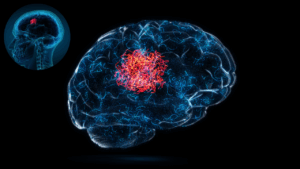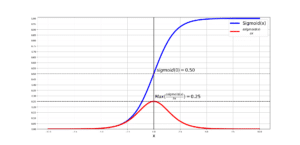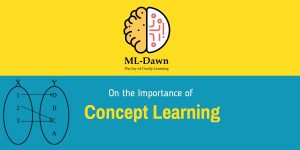Studying and Predicting the Progress of COVID-19 using Pandas and ARIMA
COVID-19 has been around for nearly 4 months since the outbreak. In this notebook, we will study some of the useful statistics regarding number of confirmed/deaths/recovered cases as a function of time per each country/region. We will use the the dataset that has been publicly avaiable by www.kaggle.com in here.
What will You Learn?
– How to use Pandas to load .csv files
– How to check for attributes with missing values and if necessary getting rid of those attributes
– How to generate some useful statistics from the dataset?
– How to use visualisation for a better understanding regarding the patterns in the data?
What is inside the COVID-19 Dataset?
Main file in this dataset is covid_19_data.csv and the detailed descriptions are below: covid_19_data.csv and below is a summary of the attributes in the .csv file:
- Sno – Serial number
- ObservationDate – Date of the observation in MM/DD/YYYY
- Province/State – Province or state of the observation (Could be empty when missing)
- Country/Region – Country of observation
- Last Update – Time in UTC at which the row is updated for the given province or country. (Not standardised and so please clean before using it)
- Confirmed – Cumulative number of confirmed cases till that date
- Deaths – Cumulative number of of deaths till that date
- Recovered – Cumulative number of recovered cases till that date
Are Country Level Datasets Available?
The Country level datasets are also available:
If you are interested in knowing country level data, please refer to the following Kaggle datasets:
– India
– South Korea
– Italy
– Brazil
– USA
– Switzerland
– Indonesia
You can download the Jupyter Notebook for COVID-19 Analysis here:
Author: Mehran
Dr. Mehran H. Bazargani is a researcher and educator specialising in machine learning and computational neuroscience. He earned his Ph.D. from University College Dublin, where his research centered on semi-supervised anomaly detection through the application of One-Class Radial Basis Function (RBF) Networks. His academic foundation was laid with a Bachelor of Science degree in Information Technology, followed by a Master of Science in Computer Engineering from Eastern Mediterranean University, where he focused on molecular communication facilitated by relay nodes in nano wireless sensor networks. Dr. Bazargani’s research interests are situated at the intersection of artificial intelligence and neuroscience, with an emphasis on developing brain-inspired artificial neural networks grounded in the Free Energy Principle. His work aims to model human cognition, including perception, decision-making, and planning, by integrating advanced concepts such as predictive coding and active inference. As a NeuroInsight Marie Skłodowska-Curie Fellow, Dr. Bazargani is currently investigating the mechanisms underlying hallucinations, conceptualising them as instances of false inference about the environment. His research seeks to address this phenomenon in neuropsychiatric disorders by employing brain-inspired AI models, notably predictive coding (PC) networks, to simulate hallucinatory experiences in human perception.








Responses